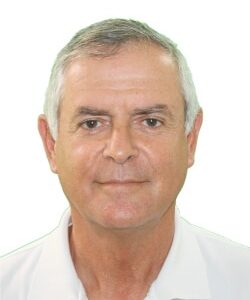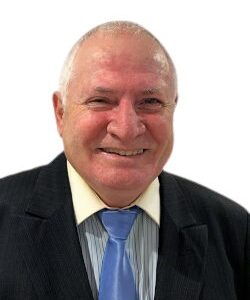A Dual Band Channel Sounder Module for FR1 & FR3 Band Modelling (6.75 GHz & 16.95 GHz)
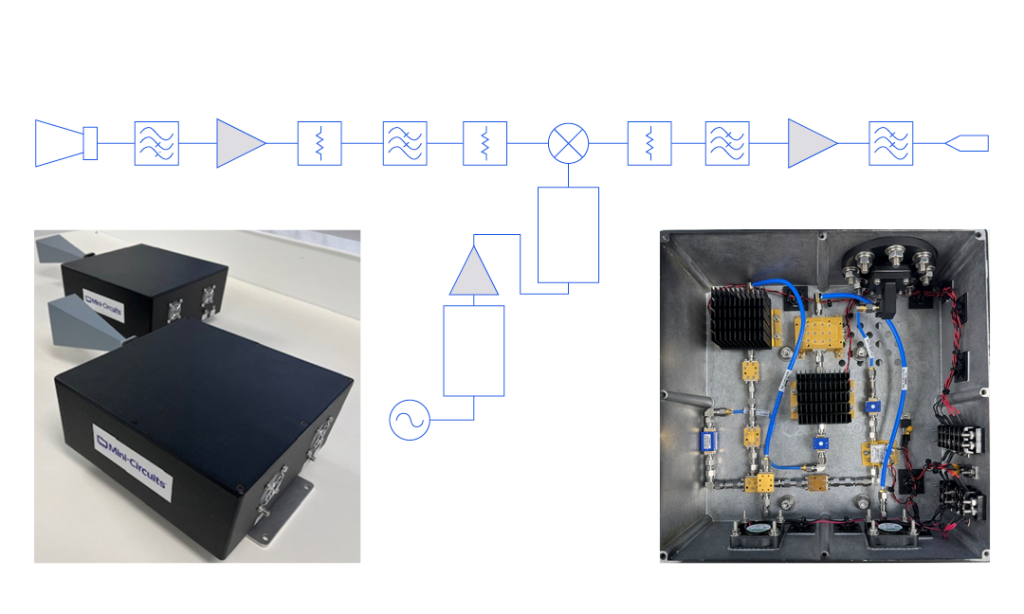
While much research has been devoted to exploring millimeter-wave bandwidths for high-data-rate wireless communications, much of the deployment of 5G to date has relied on frequencies in the sub-6 GHz (FR1) region of the spectrum. The channel capacity of the FR2 bands has been used in urban environments with high subscriber demand where infrastructure can be installed with sufficient density to compensate for the short range and poor penetration of high-frequency signals. Meanwhile, network operators still rely on lower-frequency signals for more ubiquitous coverage.
Similar desire for the data capacity and speed of millimeter-wave and sub-THz transmissions with broad network coverage and low power requirements of lower frequencies has spurred strong interest in the FR3 bands (7 to 24 GHz) as a possible “Goldilocks zone” for the next phases of 5G and 6G development.
Professor Ted Rappaport and his graduate research fellows of NYU WIRELESS in Brooklyn, New York are among the leading researchers exploring the propagation characteristics of 5G and 6G frequency bands under consideration for commercial use by the ITU and telecom industry. In 2022 Rappaport and his team visited Mini-Circuits’ facilities in Brooklyn, and Deer Park on Long Island as a test bed for their work to develop the first spatial statistical model for ultra-wideband signals above 100 GHz in a real-world factory environment.
Introduction to RF Power Measurements
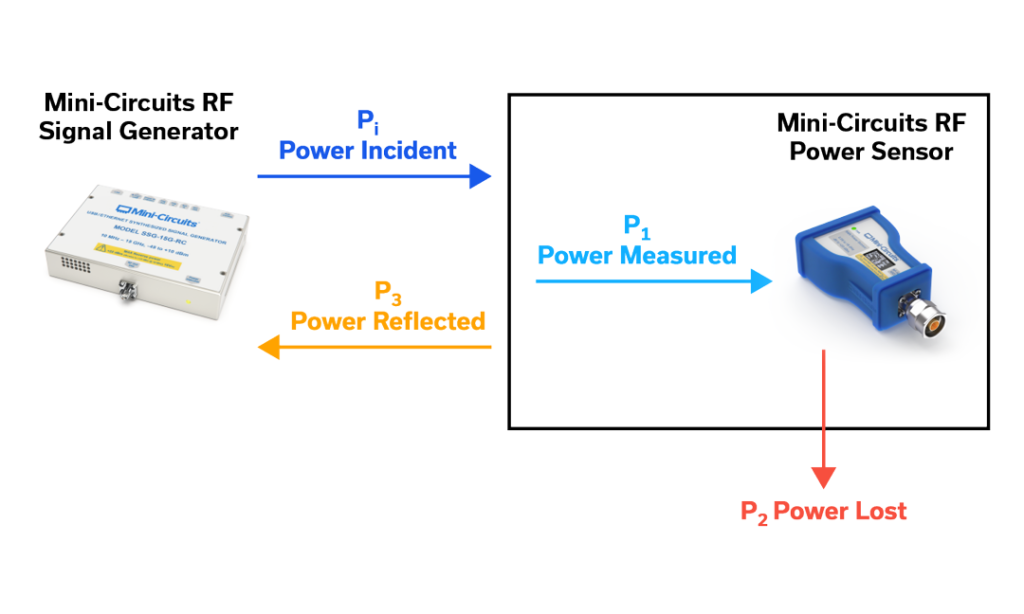
Power is a necessary parameter to measure across a wide range of modern applications. Power is defined as work per unit of time. It includes units of measure such as horsepower, watts, calories per second and BTU per second, depending on the domain of interest. Electrical power is typically measured in watts, defined as one Joule per second. With RF circuits, dBm, a logarithmic representation of power level relative to the milliwatt, is often used.
An assortment of instruments and methods are used for measuring power. In this article, we will limit the discussion to electrical power, defined as voltage multiplied by current. We will further narrow the discussion to RF power, which implies higher frequency, say signals greater than 10 MHz, requiring more sophisticated instrumentation than a voltmeter due to the behavior of high-frequency electrical signals.
It is important to select the appropriate technique for measuring RF power in a given scenario. If the signal level is too high, the instrument input will become saturated; distortion, harmonics, spurious and other non-linear signals could occur. If the signal level is too low, the signal will be buried in the noise floor, making it difficult to retrieve.
Group Delay in RF Filters
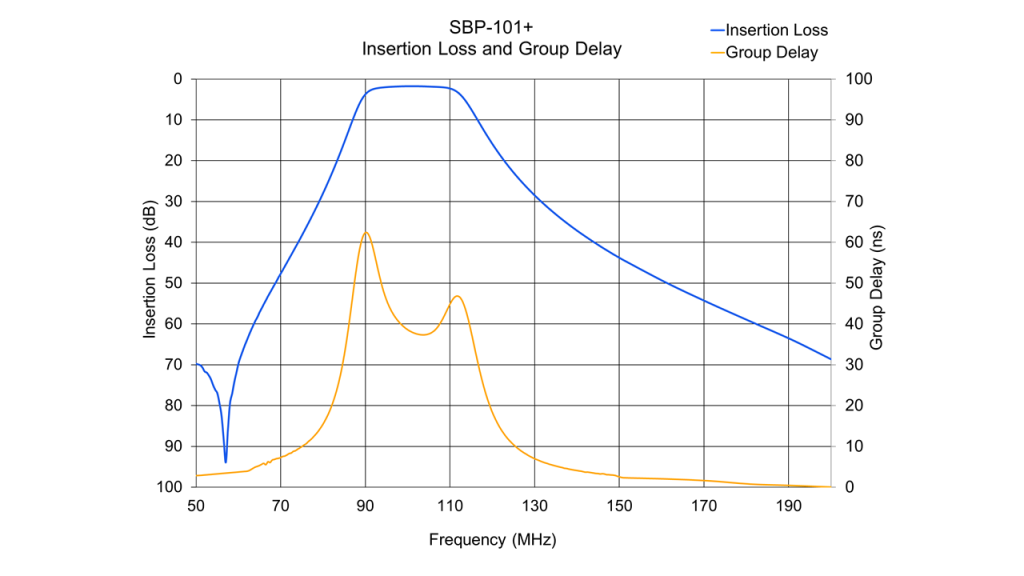
The concept of group delay as it pertains to RLC networks was first described by Harry Nyquist in 1928.1 The contributions Nyquist made to the field of Communications Theory are well known,2 and still applicable to modern day communications systems. On our way toward understanding group delay in this brief application note, we’ll start by examining phase delay. After mathematically defining phase delay, we will then continue by defining group delay. Illustrations of amplitude response, and phase and group delay response for several ideal filters of various filter topologies are shown. This app note concludes with a display of magnitude and group delay frequency response curves for two real filters designed and manufactured by Mini-Circuits, both of which have the same filter topology.
Selecting VCOs for Clock Timing Circuits – A System Perspective
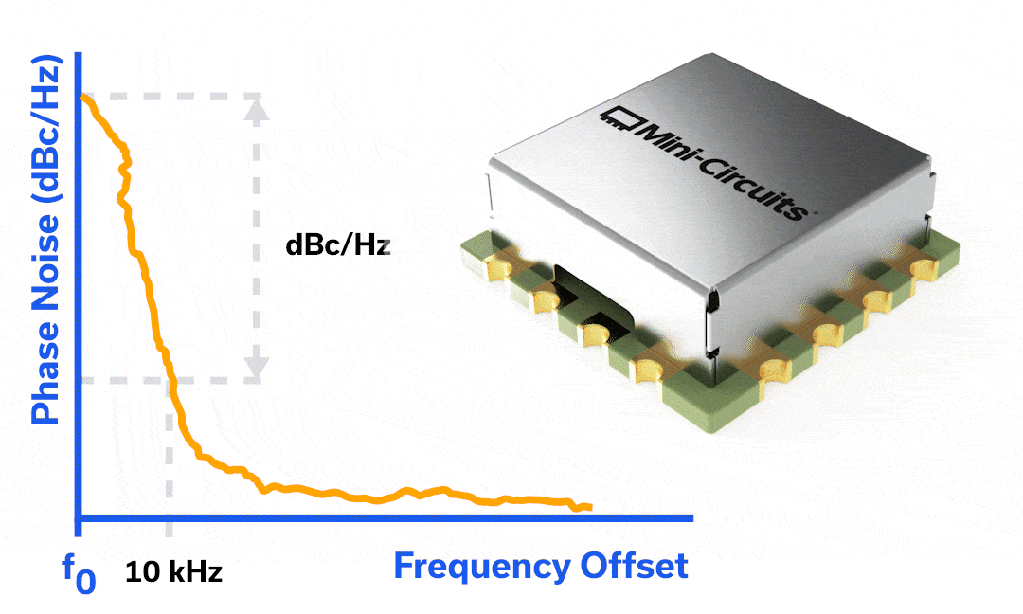
Timing is critical in digital systems, especially in electronic systems that feature high-speed data converters and high-resolution sampling. A clock source is the “timekeeper” and the system performance depends upon the effectiveness of this component. For some system designers, implementing a clock source automatically means using a crystal oscillator, typically a single-frequency source. But other designers, especially those tasked with synchronizing systems at multiple clock frequencies, have learned to appreciate the flexibility of using voltage-controlled oscillators (VCOs) as clock sources.
BOOST YOUR KNOWLEDGE: A COMPREHENSIVE GUIDE TO RF LIMITERS – TYPES AND APPLICATIONS EXPLAINED
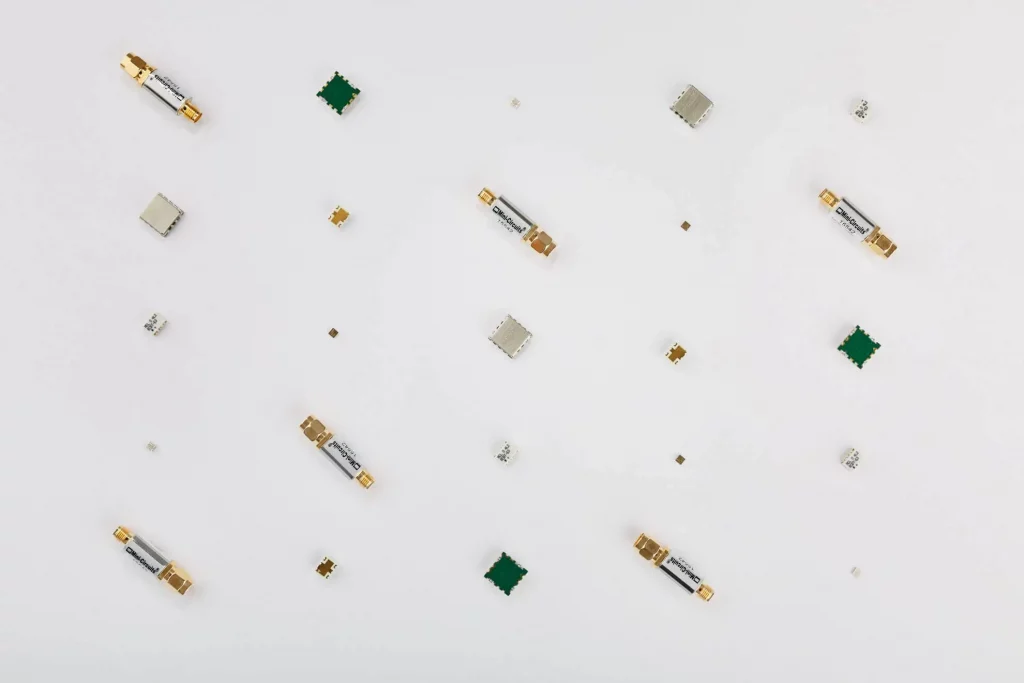
Radio frequency (RF) limiters are electronic circuits used in RF communication systems to protect sensitive components from excessive RF power levels. Limiters are used to prevent damage to sensitive components, such as amplifiers and mixers, and to improve the overall performance of the system. In this blog, we will discuss the different types of RF limiters and their use.
Fast-Switching GaAs Switches Are a High-Performance, Low-Cost Alternative to SOI
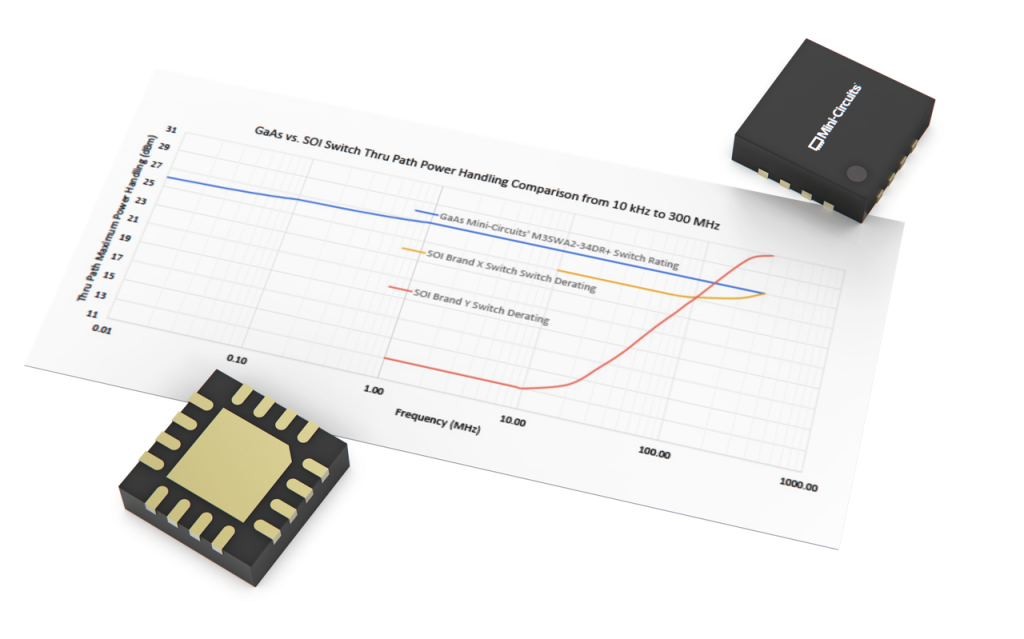
A mistaken belief has arisen in recent years that SOI has somehow taken over as the prevailing technology for fast RF switch applications, but not so fast! Mini-Circuits’ recent introduction of the M3SWA2-63DRC+ and the M3SWA2-34DR+ ultrafast, absorptive RF switches has given cause for designers to reconsider their switch choices. Designers are discovering that it is no longer necessary to bear the expense of an SOI switch just to get the speed they need.
In this application note, we perform a comprehensive, side-by-side, parametric comparison of the Mini-Circuits’ wideband GaAs MMIC M3SWA2-34DR+ switch to two SOI competitive offerings. This comparison leads us to the conclusion that there is no reason to take your foot off the GaAs.
Measurement of Amplifier Additive Phase Modulation Noise (APM)
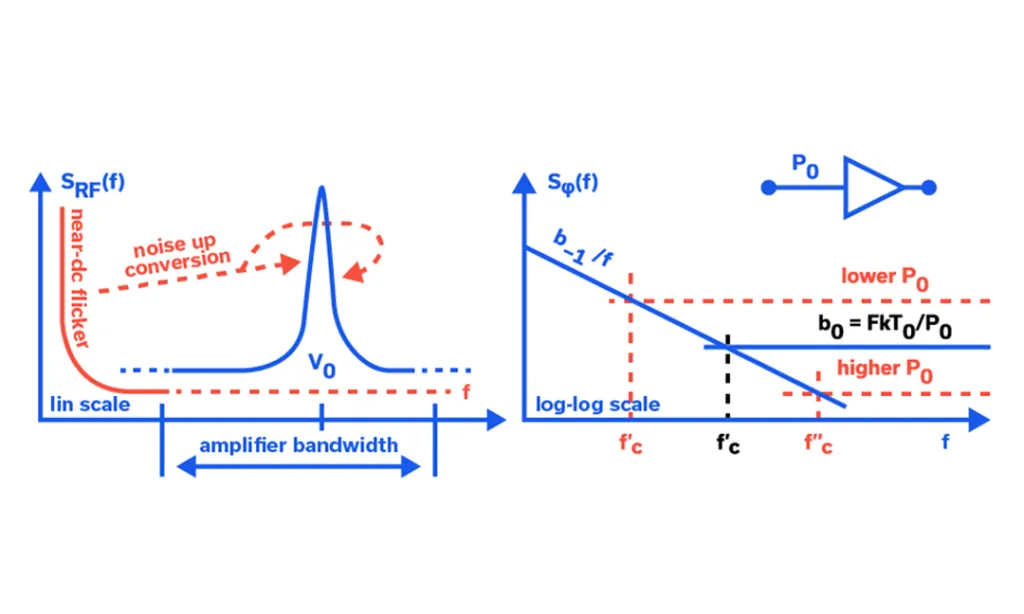
In our efforts to properly characterize the Additive Phase Modulation Noise (APM) and Additive Amplitude Modulation Noise (AAM) performance of MMIC amplifiers in our labs, Mini-Circuits is careful to consider the performance capabilities and limitations of our phase noise analyzer and test setup (see Figure 4). Both APM and AAM performance can be dependent upon the analyzer’s internal signal source carrier frequency, power level, and, importantly, the phase length from signal source output to RF input, so great care must be taken to optimize these parameters.
BOOST YOUR KNOWLEDGE A COMPREHENSIVE GUIDE TO RF IMPEDANCE MATCHING PADS – TYPES AND APPLICATIONS EXPLAINED
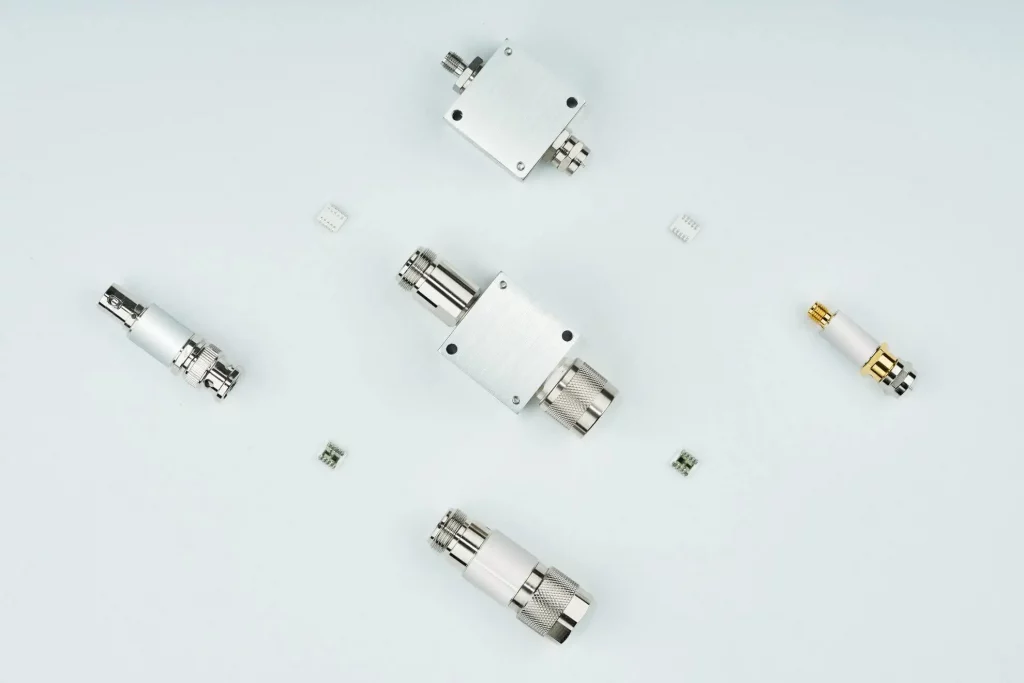
Radio frequency (RF) impedance matching pads are electronic circuits used in RF communication systems to match the impedance of two different components or circuits. Impedance matching is critical to ensure maximum power transfer and signal integrity in RF systems. In this article, we will discuss the different types of RF impedance matching pads and their use.
Frequency Modulation Fundamentals
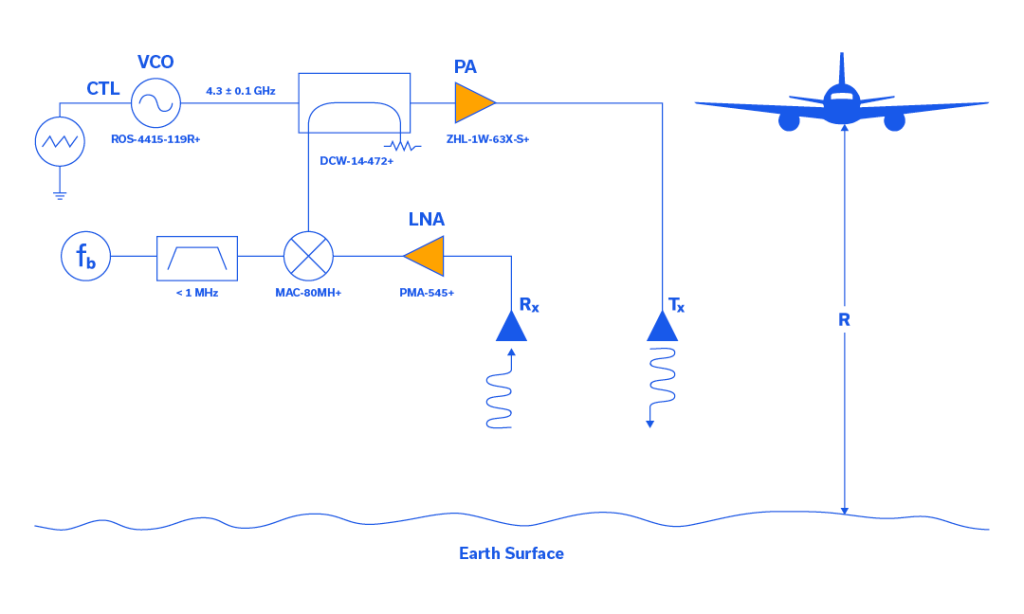
In the 1920s, many brilliant scientists applied themselves to the study of frequency modulation (FM). One of these scientists was a communications systems theorist who worked for AT&T named John Renshaw Carson. Carson performed a comprehensive analysis of FM in his 1922 paper which yielded the Carson bandwidth rule.1 Carson was so convinced that FM was not a suitable solution to the static found in AM transmission systems that he once remarked, “Static, like the poor, will always be with us.”2
Beginning in 1923, in Columbia University’s Marcellus Hartley Research Laboratory, in the basement of Philosophy Hall, a driven genius in electronic circuitry named Edwin Howard Armstrong set out to reduce static through the use of FM. After approximately 8 years of toil, Armstrong had a brainstorm and decided to challenge the assumption that the FM transmission bandwidth had to be narrow to keep noise low. After painstakingly designing this new FM system, with as many as 100 tubes spread over several tables in the laboratory, “[Armstrong] was able to prove that wideband FM made possible a drastic reduction of noise and static.”3 Armstrong was issued patent number US1941069A, which specifically addresses noise suppression in wideband FM, on December 26, 1933, along with three additional patents for FM that same day.
BOOST YOUR KNOWLEDGE: A COMPREHENSIVE GUIDE TO RF FREQUENCY MULTIPLIERS – TYPES AND APPLICATIONS EXPLAINED
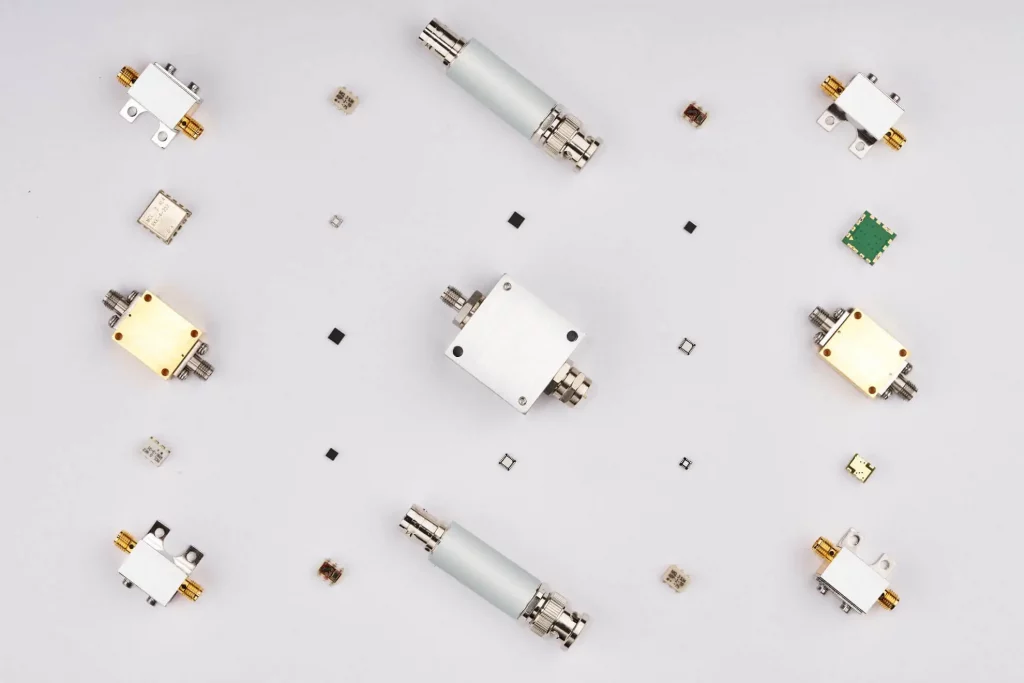
RF frequency multipliers are electronic devices that are used to generate a new signal with a frequency that is a multiple of the input signal frequency. These devices are used in a wide range of applications, including wireless communication systems, test and measurement equipment, and RF circuit design. RF frequency multipliers can also be used to generate new frequencies for use in modulation or demodulation, or to improve the sensitivity of a system by amplifying a specific frequency range.



